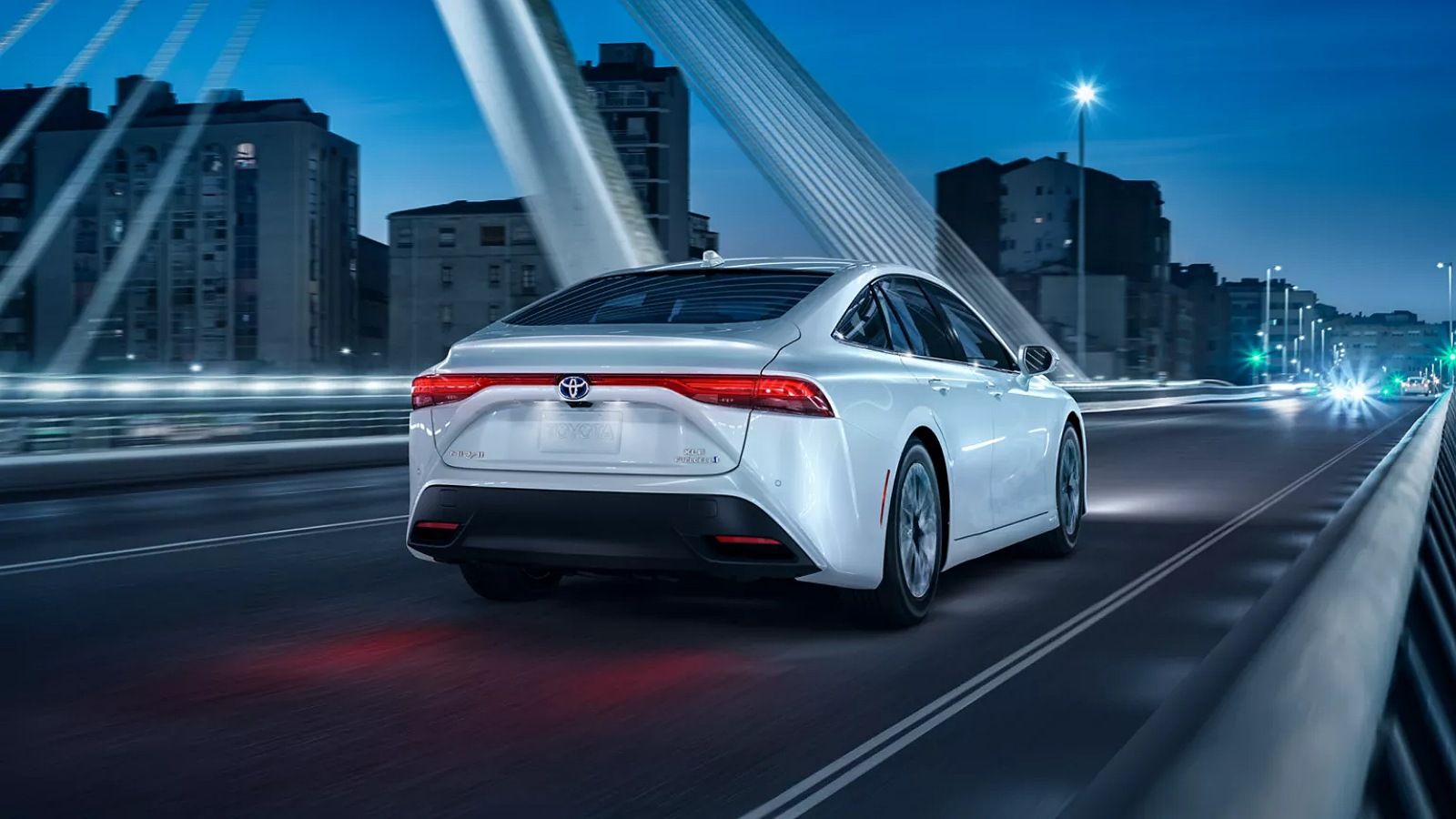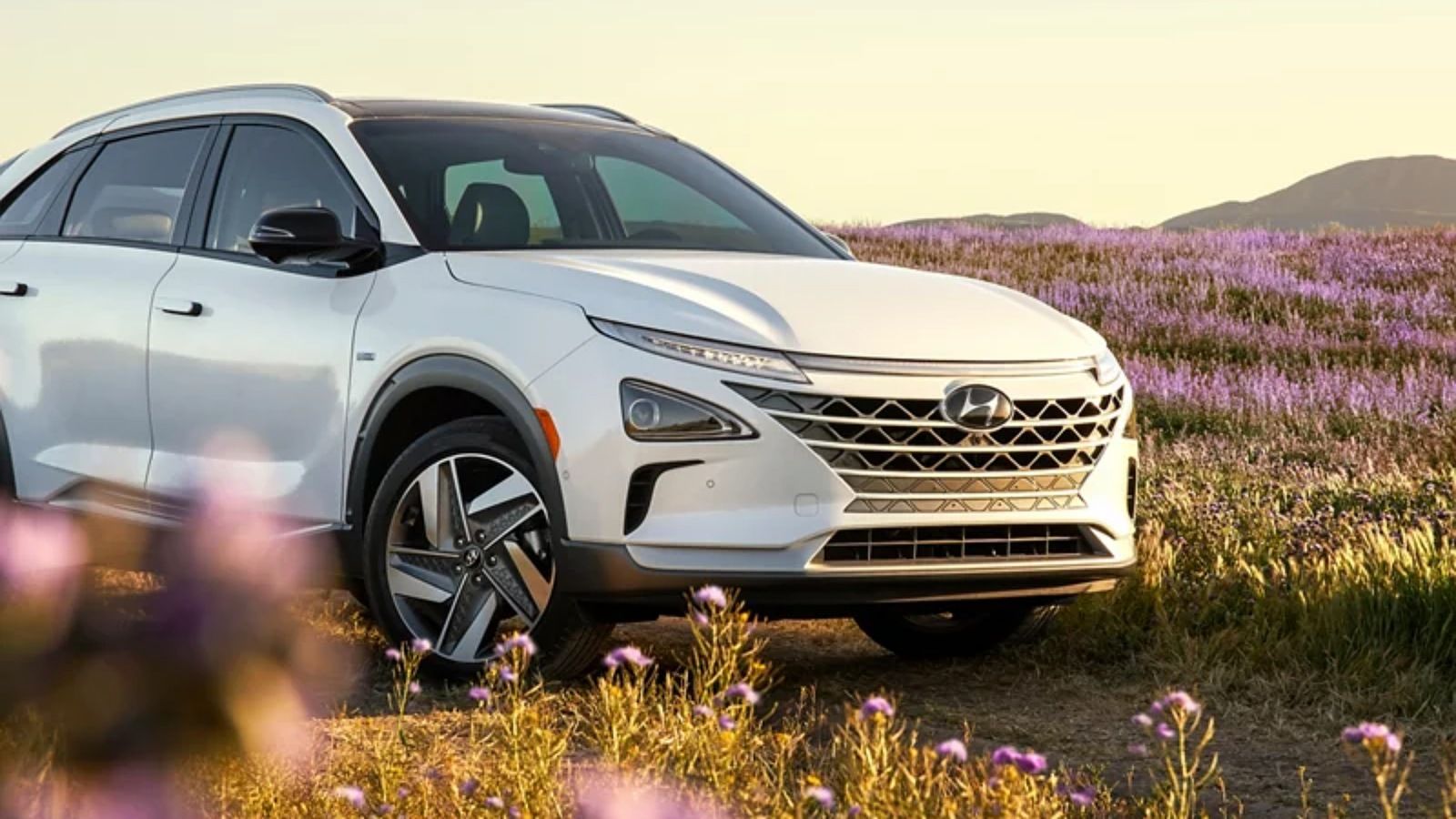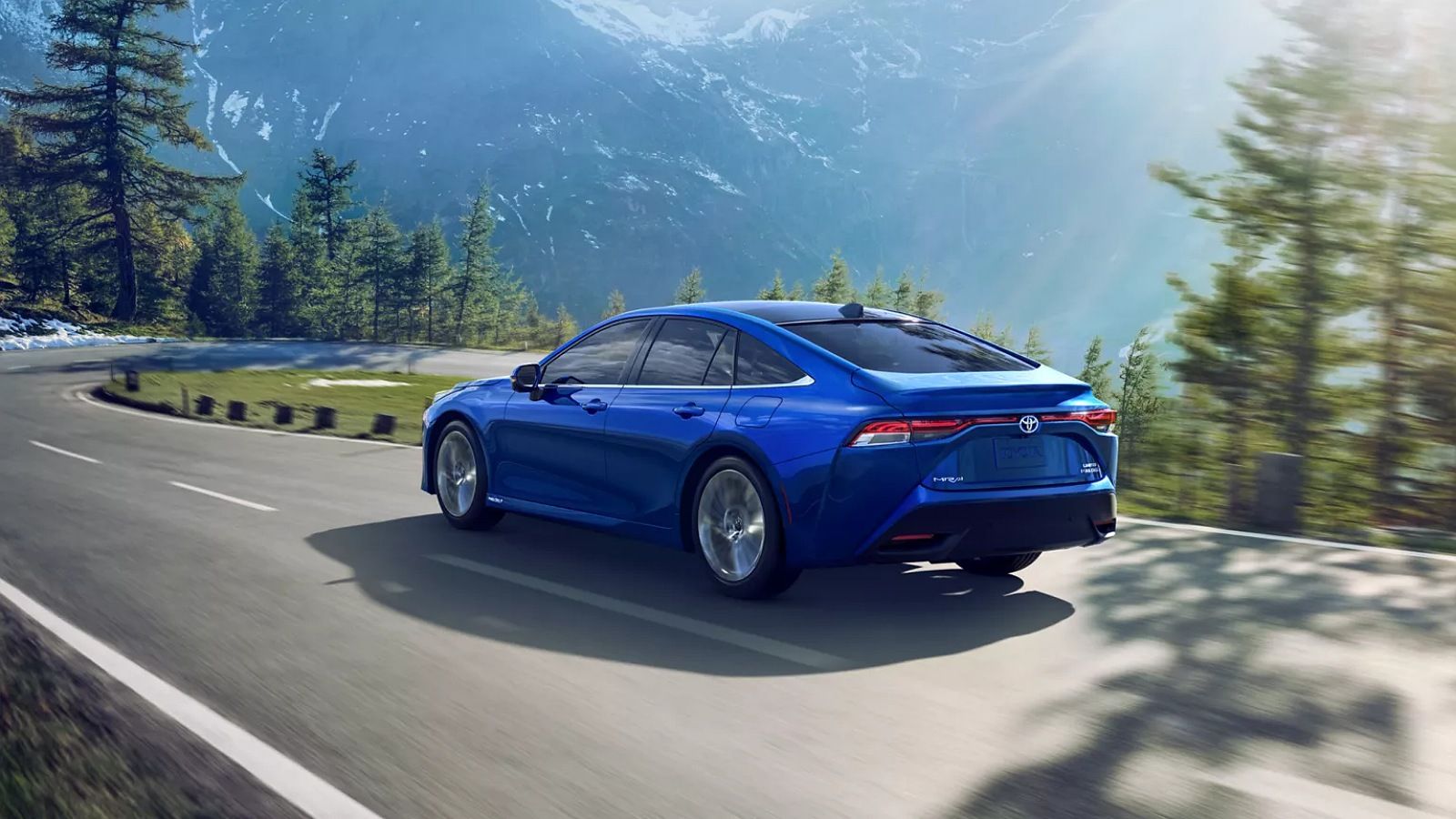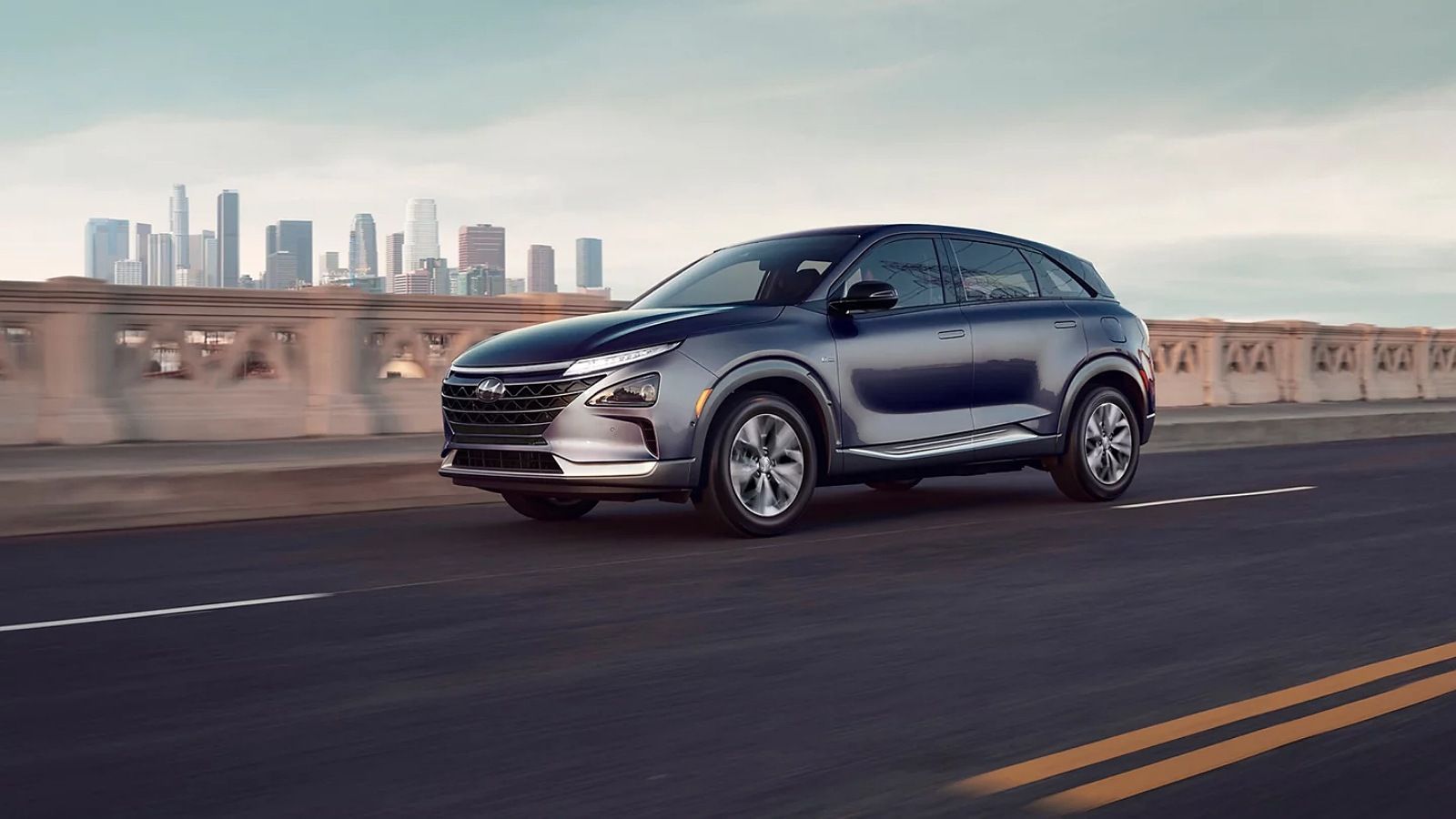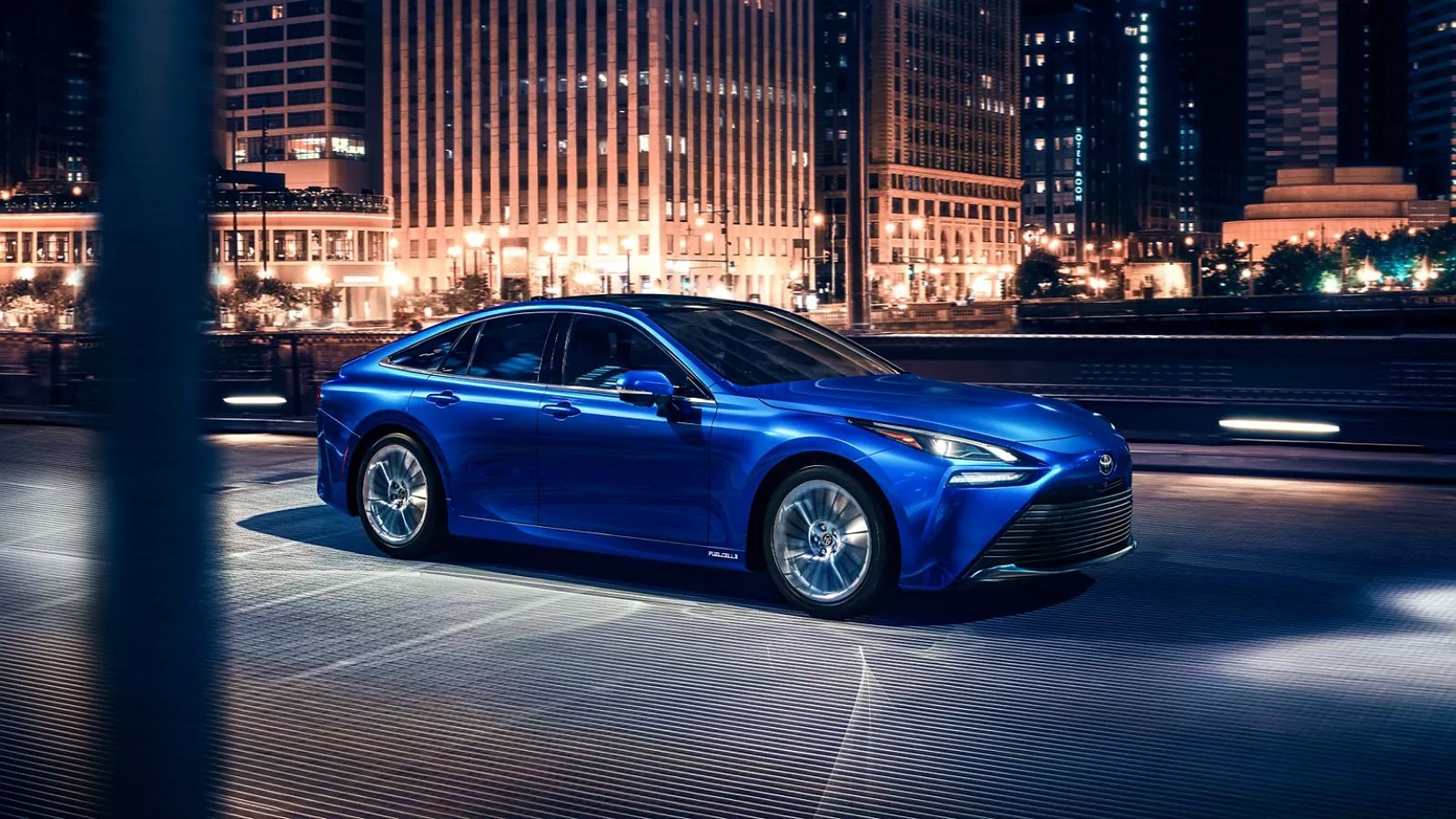While electric cars have been grabbing headlines in recent years for their zero-emission capabilities, hydrogen-powered cars have quietly but steadily made their presence known. These are powered by hydrogen fuel-cell stacks which produce electricity, allowing them to travel great distances with zero emissions. Hydrogen cars have been widely stigmatized despite their advantages due to inaccurate and misleading statements about the technology and lack of infrastructure. At this point, when the world is looking for ways to go green, many people continue to express their doubts about hydrogen cars. For some, the thought of driving a fuel-cell-powered vehicle is very intimidating. With only about 15,000 hydrogen-powered cars currently on U.S. roads – all in California – they remain rare compared to an estimated 2.5 million electric cars sold in the U.S. since 2015. While some of these hydrogen myths are understandable—mostly due to the lack of information on the matter—let’s take a moment to dig a bit deeper and unearth the truth behind these hydrogen-powered cars.
Why It’s Safe to Drive a Hydrogen-powered Car
A hydrogen fuel-cell car works similarly to an electric car. It operates by an electric motor powered by a fuel-cell stack, where pure hydrogen is mixed with oxygen from the air to generate electricity. This process produces water vapor as a byproduct, making them an environmentally friendly option. Unlike gasoline-powered vehicles, HFCVs produce no emissions of harmful pollutants and have a relatively short refueling time, just five minutes, compared to the longer charging time typically required for electric cars. Three hydrogen cars are currently available for sale: the Honda Clarity Fuel Cell, the Hyundai Nexo SUV, and the Toyota Mirai Hydrogen. Honda has ended production of all models of the Clarity, while the Nexo has sold fewer than 1,500 SUVs. Meanwhile, Toyota has sold around 10,700 Toyota Mirai Hydrogen sedans across two generations in the U.S. but had to resort to substantial discounting to move them. The main issue people have with hydrogen cars is that they fear the risk of hydrogen explosions due to the flammable nature of the gas.
However, this is a myth because hydrogen needs a spark from a flame or an electrical spark to ignite and create an explosion. Vehicles powered by hydrogen fuel cells are much safer than traditional gas-powered cars, and manufacturers have worked hard to ensure they remain this way as technology advances. When it comes to hydrogen-powered cars, they are fitted with special shielding to prevent any ignition in case of a leak, and hydrogen safety regulations require these cars to be over-pressurized, so the gas cannot escape. The high-pressure tanks are tailored to survive even the highest-speed crashes without leaking or breaching, and no injuries or deaths related to the hydrogen components have been recorded. Hydrogen cars are safer than traditional cars because they produce significantly fewer emissions. Furthermore, hydrogen fuel stations have redundant safety systems in place, like over-pressurization and explosion-proof technology, to make sure that it’s nearly impossible for an HFCV to overcharge.
Can Hydrogen Cars Blow Up?
Another major myth related to hydrogen cars is that they are prone to blow up. As already stated, hydrogen requires a spark to ignite, so there is little chance of the car exploding. Leading brands like Hyundai have already launched hydrogen-powered cars such as the Nexo SUV that have passed stringent hydrogen safety tests. Similarly, Toyota’s hydrogen fuel-cell car, the Toyota Mirai Hydrogen car, has also passed safety tests. Therefore, if a hydrogen-powered car ever gets into trouble—such as a fuel leak—the car’s onboard systems will intervene and shut off the fuel supply completely until the problem is fixed. Hydrogen skeptics usually cite the Hindenburg explosion of 1937 as a reason to fear hydrogen fuel-cell cars. Still, the reality is that the hydrogen tanks and their hardware guarantee much safety. So, it’s clear that hydrogen-powered cars' chances of exploding are extremely low.
Why You Should Set Your Anxiety Aside and Embrace Hydrogen-powered Cars
Another myth that experts have widely debunked is that Hydrogen Is energy inefficient. For electricity to be used in a battery-powered car, it must be harvested in the same country it is used in. On the other hand, hydrogen can be harvested in sunny regions such as the Middle East and North Africa, where generating two to two-and-a-half times more electricity from each square meter of the solar panel is possible. When the energy efficiency of fuel cells and the higher efficiency in harvesting solar power are combined, it becomes possible to transport a fuel-cell truck for the same distance as a battery-powered truck, given that the former’s energy is generated with a solar panel of the same size. The current hydrogen cost seems quite high compared to other emissions-free energy sources.
However, this does not necessarily mean that expensive hydrogen will remain a permanent fixture of the energy market. As the production of electrolyzers accelerates and the cost of harvesting solar power in sunnier regions becomes lower due to economies of scale, hydrogen will likely become a more cost-effective alternative in the near future. Additionally, it’s a myth that hydrogen infrastructure is too expensive. Investment is needed to build a hydrogen infrastructure, especially compared to battery-powered cars, which use existing infrastructure. However, even though investing in one infrastructure may seem more attractive, it is more expensive than investing in two. As the number of zero-emission vehicles increases, it will be costly to constantly expand the infrastructure for one technology but much cheaper to build two infrastructures up to a medium volume. Moreover, some people believe hydrogen is just a pet project of the big industry. It could not be further from the truth. Major companies such as Daimler Truck are investing heavily in hydrogen technology and are investing in production facilities and rigorous testing of the technology. It demonstrates their commitment to producing strong, zero-emission vehicles that can push humankind toward a greener future.
You Should Not Be Intimidated Since Hydrogen Cars Are Here to Stay
By now, you should have a much better idea about the various hydrogen myths related to hydrogen cars and why you shouldn’t fear them. While the hydrogen-powered vehicles currently available may not be the best option for everyone, these vehicles are quite safe and dependable, with top-notch safety features. The performance of hydrogen fuel-cell cars is very similar to that of a battery-electric car. A fuel-cell car has no transmission, including regenerative braking, to recapture wasted energy as it slows down. The Toyota Mirai, for example, comes with a 120-horsepower fuel cell, which is enough power to accelerate onto the highways. It also features a low-capacity battery, which supplies extra power for short periods of intense acceleration, and it's recharged from either fuel-cell output or regenerative braking.
Like other fuels, hydrogen fuel is a specialized commodity for the public, so the few hydrogen stations tend to charge high prices. To cover the same distance as a gallon of gasoline, you'd have to spend between $5 to $8.50 for a kilogram of hydrogen. To offset this disadvantage, automakers such as Honda, Hyundai, and Toyota have all offered their lessees and buyers free hydrogen fuel for various periods. With more infrastructure coming up and more incentives from car manufacturers, hydrogen cars are poised to be a great option for drivers in the future. By 2030, E.V. cars are predicted to be the dominant force, but hydrogen cars will still a viable alternative for many..

